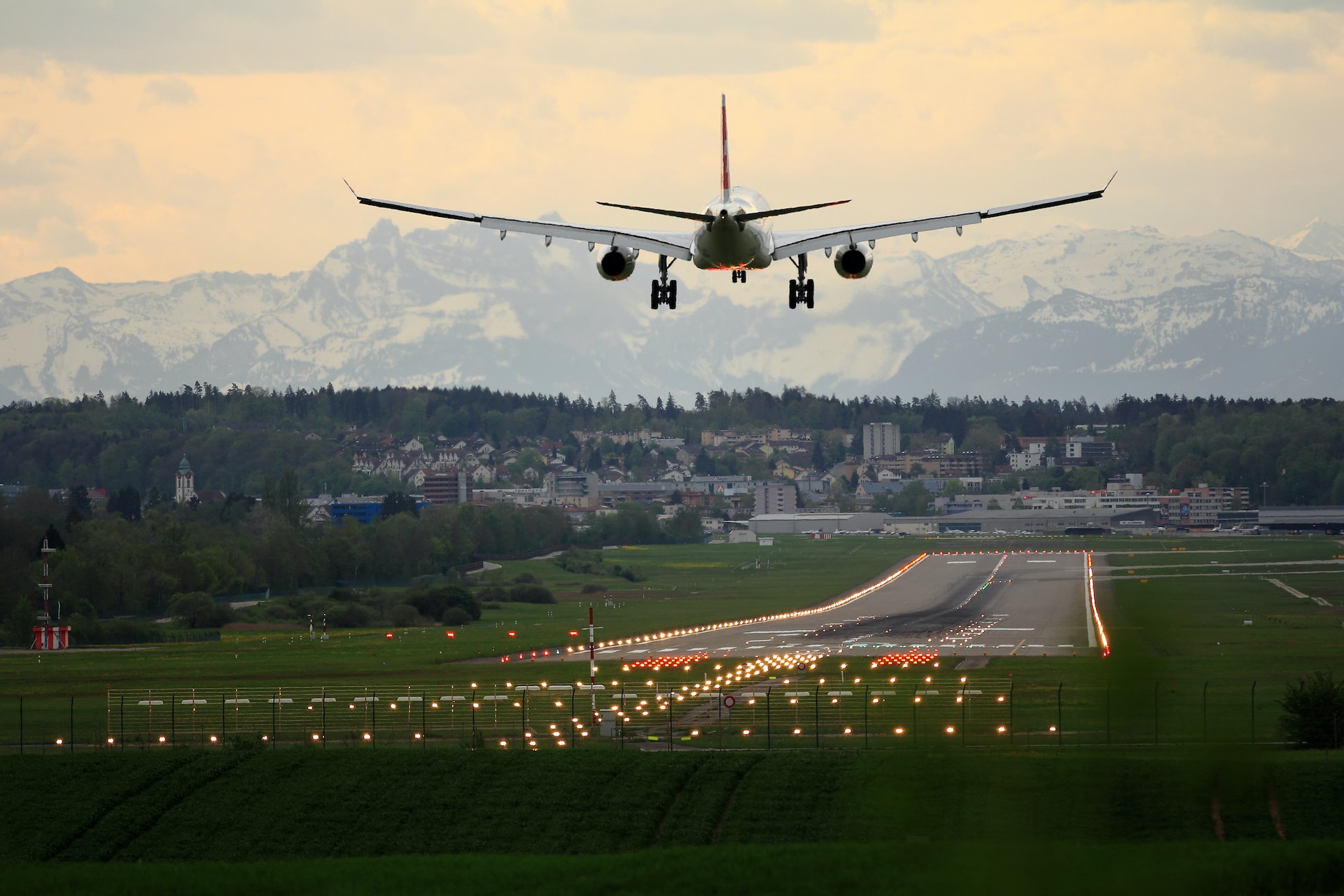Avionics, the technology that involves electronic systems used in aircraft, plays an important role in modern aviation. Ensuring the safety, reliability, and interoperability of avionics systems is very much important for aircraft. To achieve this, the aviation industry has established a set of comprehensive standards, which serve as guidelines for avionics development, verification, and certification. Read the article to find a complete guide to essential avionics standards that contribute to the safe and efficient operation of aircraft worldwide.
The Importance of Avionics Standards
Aviation standards are developed and maintained to enhance safety, promote consistency, and foster compatibility among different avionics systems. By adhering to these standards, manufacturers, avionics engineers, and regulatory authorities ensure that aircraft operate within a structured and well-defined framework. Avionics standards cover a wide range of aspects, including software, hardware, environmental testing, system development, and more. Compliance with these standards instills confidence in passengers, operators, and stakeholders, establishing a strong foundation for the aviation industry.
Essential Avionics Standards for Aircraft Safety

DO-178C – Software Considerations in Airborne Systems and Equipment Certification
DO-178C, developed by RTCA (Radio Technical Commission for Aeronautics), is one of the most critical avionics standards. It addresses the development and verification of software used in airborne systems. The standard categorizes software into five levels of criticality (DAL A to E) and outlines processes for planning, development, verification, configuration management, and certification. DO-178C ensures that software operates reliably and does not adversely affect aircraft safety.
DO-254 – Design Assurance Guidance for Airborne Electronic Hardware
DO-254 complements DO-178C by focusing on the design assurance of airborne electronic hardware. It provides guidelines for the development of electronic hardware and ensures that it meets the required design assurance levels. DO-254 covers aspects such as design capture, traceability, verification, and configuration management for electronic hardware components.
DO-160 – Environmental Conditions and Test Procedures for Airborne Equipment
DO-160 addresses the environmental testing of airborne equipment to ensure its robustness under various conditions. It defines test procedures for temperature, humidity, altitude, vibration, shock, and other environmental factors. Compliance with DO-160 ensures that avionics equipment can withstand the harsh conditions experienced during flight.
ARP4754A – Guidelines for Development of Civil Aircraft and Systems
ARP4754A provides guidance for the development of complex aircraft systems, including avionics. It emphasizes the concept of system development assurance, including requirements capture, validation, verification, and traceability. ARP4754A enables a systematic approach to system development while considering safety, functionality, and efficiency.
ARP4761 – Guidelines and Methods for Conducting the Safety Assessment Process on Civil Airborne Systems and Equipment
ARP4761 defines the safety assessment process for airborne systems. It outlines methods for identifying and mitigating hazards associated with avionics systems and establishes safety objectives. By conducting a systematic safety assessment, avionics engineers ensure that potential risks are minimized, and safety levels are maintained throughout the system’s lifecycle.
RTCA/DO-297 – Integrated Modular Avionics (IMA) Development Guidance and Certification Considerations
IMA architecture is a key advancement in avionics design, allowing multiple avionics functions to be integrated onto a shared platform. RTCA/DO-297 provides guidance for the development and certification of IMA systems, ensuring their safety, integrity, and interoperability.
RTCA/DO-311 – Secure Flight Deck Door and Access System
RTCA/DO-311 addresses the security aspects of flight deck doors and access systems. It establishes requirements and guidelines to prevent unauthorized access to the flight deck, enhancing the safety and security of crew and passengers.
RTCA/DO-307 – Aircraft Design and Certification for Portable Electronic Devices (PEDs) Carried Onboard Aircraft
The increasing use of portable electronic devices (PEDs) by passengers necessitates guidelines for their safe usage on aircraft. RTCA/DO-307 defines design and certification considerations to ensure that PEDs do not interfere with critical avionics systems.
RTCA/DO-262 – Minimum Operational Performance Standards (MOPS) for Traffic Alert and Collision Avoidance Systems (TCAS) II
TCAS II is a critical safety system that helps prevent mid-air collisions. RTCA/DO-262 establishes MOPS for TCAS II, ensuring that these systems meet minimum performance requirements and contribute to the overall safety of air traffic.
RTCA/DO-278A – Guidelines for Communication, Navigation, Surveillance, and Air Traffic Management (CNS/ATM) Systems Software Integrity Assurance
RTCA/DO-278A focuses on software integrity assurance for CNS/ATM systems. These systems are vital for efficient and safe air traffic management. The standard outlines guidelines for the development, verification, and certification of software used in these systems.
Compliance and Certification
The Role of Regulatory Authorities
Compliance with avionics standards is overseen by regulatory authorities such as the Federal Aviation Administration (FAA) in the United States and the European Union Aviation Safety Agency (EASA) in Europe. These authorities review and approve aircraft design, avionics systems, and components to ensure they meet the established standards.
The Certification Process
The certification process involves thorough examination and verification of aircraft and avionics systems to ensure compliance with applicable standards. The process includes the submission of documentation, test results, and other evidence of compliance to the regulatory authorities for review and approval.
Advancements and Future Trends in Avionics Standards
Avionics standards continue to evolve to keep pace with advancing technology and the changing aviation landscape. As the industry embraces new concepts like artificial intelligence, autonomy, and electrification, avionics standards will adapt to address the unique challenges and opportunities presented by these advancements.
Conclusion
Avionics standards form the backbone of safety and reliability in modern aircraft. By adhering to these standards, aviation stakeholders ensure that passengers and crew can fly with confidence, knowing that stringent measures are in place to uphold the highest levels of safety. As the aviation industry continues to progress, the continuous development and improvement of avionics standards will play a critical role in shaping the future of flight.
































































